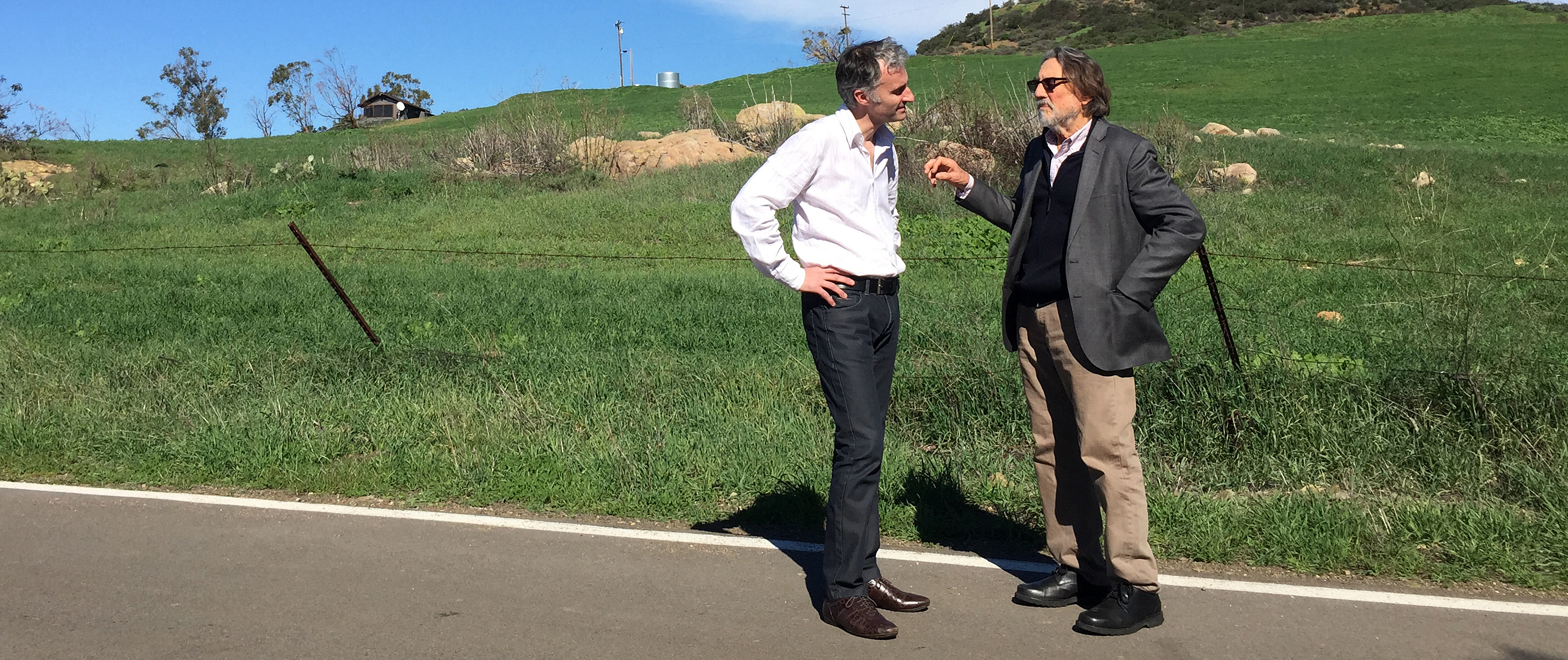
Lights, Camera, Vilmos
Pierre Filmon, the director of Close Encounters with Vilmos Zsigmond, discusses the roots of his documentary on the renowned cinematographer.
French filmmaker Pierre Filmon’s biographical documentary Close Encounters with Vilmos Zsigmond explores the life and prolific career of one of the most outstanding cinematographers of all time, who passed away in January of this year at the age of 85. Zsigmond was widely beloved and admired for his vibrant presence, lifelong passion for photography, and steadfast convictions for enhancing the art of filmmaking.
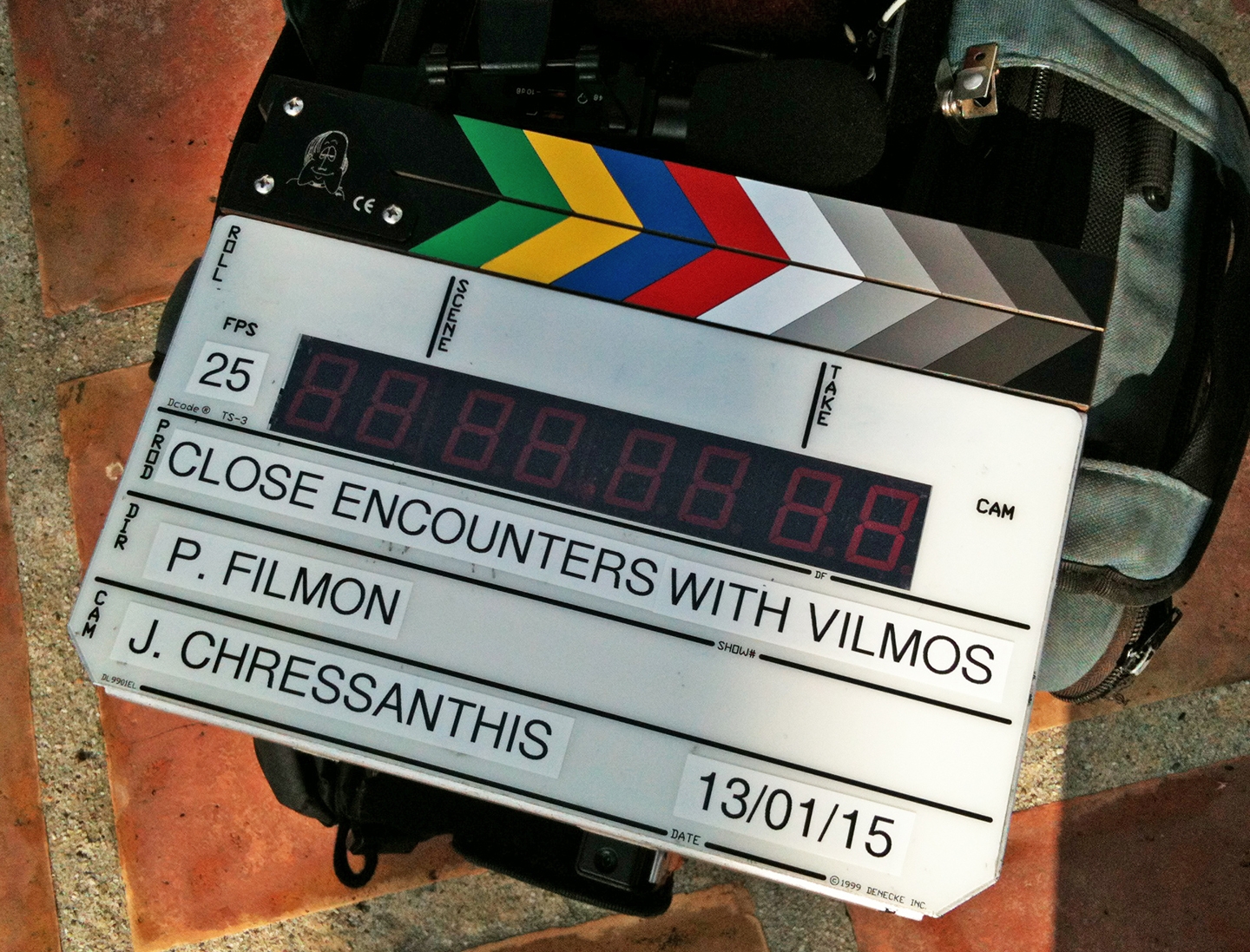
Comprised of interviews shot in 2014 to ’15, Close Encounters takes us from Budapest to Big Sur to meet some of Vilmos’ colleagues and collaborators, including director John Boorman; actor Peter Fonda; director Jerry Schatzberg; actress Nancy Allen; actor John Travolta; Darius Khondji, ASC, AFC; director Mark Rydell; actress Isabelle Huppert; director Richard Donner; Haskell Wexler, ASC and Vittorio Storaro, ASC, AIC. We hear their personal narratives about how Zsigmond influenced and inspired their careers in a period of American filmmaking called “New Hollywood.”
“Vilmos changed my life. This film has changed my life. I owe everything to Vilmos.”
Close Encounters with Vilmos Zsigmond premiered in the Camera d’Or section at the Cannes Film Festival in May, was part of the Paris Cinematheque’s lifetime tribute to Zsigmond in July, and was released in France in November.
Here, Filmon discusses the project, thanks his many collaborators and describes how getting to know Zsigmond literally changed his life.
American Cinematographer: How did you meet Vilmos?
Pierre Filmon: Every month at Le Grand Action cinema in Paris, where I am a projectionist, the Louis Lumiere film school organizes a screening where a cinematographer presents a film they photographed and then discusses it with the audience. In December of 2010, Darius Khondji came to present David Fincher’s Se7en. Even though Darius is quite a star in France, the audience didn’t recognize him [by sight], so I came out of my projection booth to welcome him and ask if he wanted to come up with me in the booth. He asked what I was showing in the other theater and got very excited when I said it was The Swimmer by Frank Perry [and shot by David L. Quaid]. “Oh, I’d love to see it, I‘d rather watch The Swimmer than present Se7en,” he said. After the show, I asked Darius if he really wanted to watch The Swimmer and when he said, “Of course!” I closed down the cinema and projected it just for him. Two hours later, when I saw stars in his eyes, I was happy to have given him this gift, this piece of cinema. After that, we met regularly. Darius knew I had written a script based on a Budd Schulberg story, to be shot in Florida, and asked me who I wanted to shoot the film. When I said, “YOU,” he said, “Oh, I don’t know, I’m very busy — Woody Allen, James Gray… Who else do you want?” And I said, “I have a dream; my dream cinematographer is Vilmos.” And Darius said, “No problem, I can help you with that.” He sent Vilmos the script — it was August 22 of 2013, one of those dates I’ll never forget. Four days later, I received an email from Vilmos saying fantastic things about the script and at the end he wrote, “I want to be your DP.” I was overwhelmed. I was very impressed that such a master who reads so many scripts and turns down so many, had been touched by our story and its characters. Then Vilmos came to France and we started to meet and discuss things and from this moment on, I knew I had to make a film about him. Vilmos immediately said, “Yes.” It was a long road, very uncertain, but I always felt confident because Vilmos was supportive from the beginning, so I thought, “Nothing can happen to me — I want to do it, Vilmos wants me to do it, so we’ll succeed.” Because I had no money, I had to find ways to borrow equipment and to find people willing to work with us. But I was lucky — and I think I knew it beforehand — to be making a documentary about such an extraordinary cinematographer. I wanted to have the best people behind the camera, and when I approached members of the ASC, AIC and AFC — the American, Italian, French societies of cinematographers — everyone knew Vilmos and were ready and willing to help out. Everything I got in this film was for Vilmos and thanks to Vilmos.
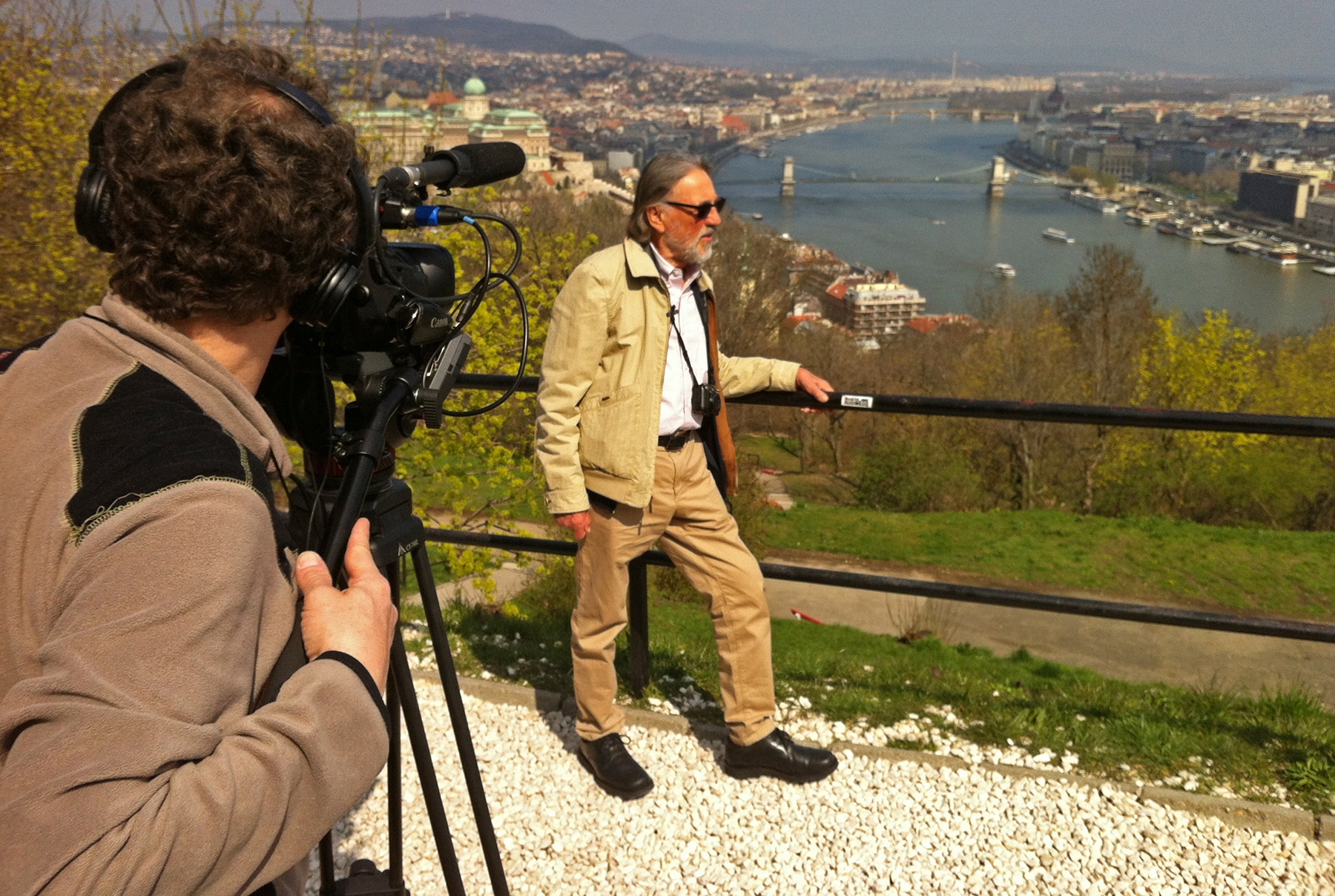
I wanted every interview to be shot with two cameras — with one sound engineer and a boom operator — and once I had the crews organized, we started to shoot Vilmos at the Grand Action cinema, where I had organized a retrospective of his films in May of 2014.
I started shooting in a very simple way, with cameras locked-off on tripods, asking him questions just to capture his words. My job was to make him feel at ease and keep everything as smooth and as low-key as possible. With AFC cinematographers Mary Spencer and Olivier Chambon, we filmed John Boorman, then Jerry Schatzberg and, later, Darius Khondji, in conversation with Vilmos.
Once Vilmos left [Paris] for Cannes to receive his Angénieux Excellens in Cinematography Award, I didn’t know when and where we would meet again. After shooting that one week of interviews, I said to myself, “Maybe, that’s it — I’ll try to make a film out of this material.” Then I was lucky to meet Dante Spinotti and Vittorio Storaro and carried on shooting with them in Italy, thanks to AIC member Luca Coassin and then Ivan Passer.
I was also lucky to have Marc Olry of Lost Films on board, who said he would distribute the film theatrically but that I must film in Los Angeles and Hungary. “Sure, I’d love to, but I have no money,” I said, and he paid my ticket to Los Angeles. The shooting continued, but it was always very hectic way. I never had any money, so I had to find ways to do things differently, to invent things every step of the way. I never knew until the very last minute who we could film and who would not be available so I had to improvise most of the time… which Vilmos liked.

[For each interview] we used the best possible cameras that were made available to us — often at the very last minute — cameras that each DP felt comfortable and confident with. This meant that by the end of shooting, I had material from more than a dozen different cameras: Canon 1D, 5D, 7D, 100D, C300 and xf105; a Legria HFG10; Sony F3 and F5; Nikon D4S; a Blackmagic; GoPro; Panasonic GH4 — and Vilmos was shooting with his iPhone 3! With so many different cameras, everyone told me I would have problems afterwards, but, fortunately, we did not have any major technical hitches in postproduction, except for the color correction with the 5D which had a very poor signal.
I didn’t know who could shoot the American sequences; it was Vilmos who rang up James Chressanthis [ASC],who immediately agreed. I was so surprised that James would accept to work with me because he had made that wonderful documentary about Vilmos and Laszlo in 2008 called No Subtitles Necessary. I was very scared at first. I thought, “James knows everything and everybody, I know nothing — he’s gonna eat me up.” But he was very respectful. While we were working, I discovered that James had been Vilmos’ assistant in 1987 on Witches of Eastwick, so on the drive back to Vilmos’ home in Big Sur, I interviewed James, who gave me a few anecdotes and amusing stories about Vilmos. James and I really worked together on this for Vilmos, I owe a lot to him.

Strangely enough, in the States I was welcomed everywhere by everyone. All the people who were in the film are there because they wanted to be. At the ASC Clubhouse in Los Angeles, I was with [ASC members] Haskell Wexler, Stephen Goldblatt, Caleb Deschanel — giants of cinematography for the last 50 years — who were very kind and supportive of me. In France, I sometimes suffered from this attitude of, “Who is this guy? A projectionist in a cinema, wanting to make a film about Vilmos Zsigmond?” My response to that was, “Well, yes, if you have faith, and if you have passion, why not?”
Laszlo Kovacs was such an integral part of Vilmos’s life story, but he’s not featured in your film. Why is that?
I didn’t ask questions about Laszlo because James’ film really explores their close relationship and ends with Laszlo’s death. They were like brothers. If you mentioned Laszlo, you could see the emotion, the pain on Vilmos’ face, so I didn’t want to upset him. Once Laszlo died, I think something in Vilmos died. At the beginning of their career, if one of them couldn’t do a film, the other one would. There was such generosity between them. I regret not knowing Laszlo, he must have been a wonderful person, too.
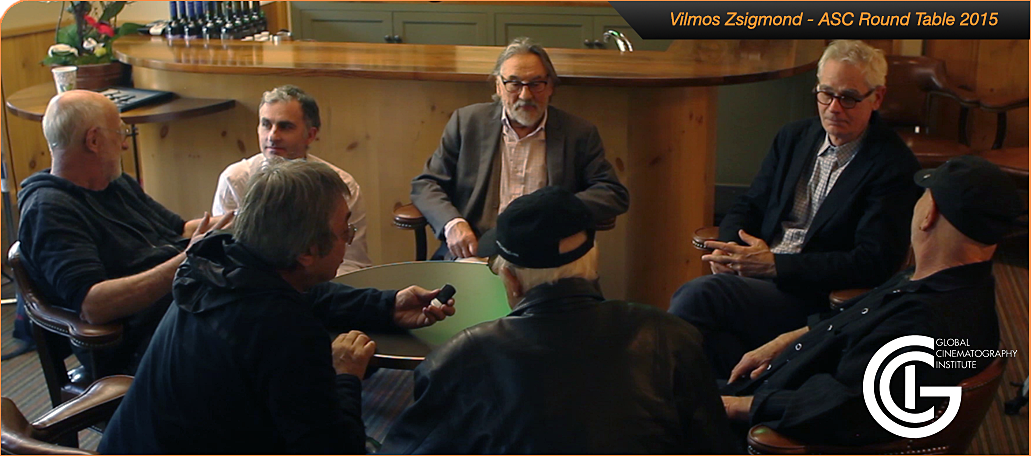
You describe yourself as a projectionist. Where did you learn to make films?
I love cinema; I’m a passionate cinephile. I had made four short films before that were quite successful. It was time to succeed in making a doc. This was not my first project; it’s my 5th or 6th. I come from a long history of failures: I wrote four fiction film scripts which took many years of work and are still not sold. I have 3 other documentary projects which I started to film, one on Venice and one about my mother, that are still not finished. So this is not my first film, it is the first one that I was able to take to completion. I am still a projectionist. I have to earn a living and I have been doing this job for more than 20 years, although it’s a long story of frustration. After showing other people’s films in a cinema and admiring them, at some point you want to make your own films. It is really a tough road to take but when it’s done, it’s so gratifying you nearly forget how tough it was.
What did you learn by making a film about Vilmos, what did he teach you?
Vilmos is an inspiration to everyone who meets him. How he lived his life is also inspiring, and this was the most important thing for me to show. He was generous, open and modest. I was in awe of him as a human being. In the film, I deliberately did not go into technical issues, not because I wasn’t interested or because I am not a cinematographer myself, but because I didn’t want to make a film dedicated to a cinematographer just for cinematographers. I wanted to make a larger than life portrait, at least as large as his life. I wanted the audience to meet the man, this great artist, behind the camera. Vilmos told me something I will never forget: “A good director is a good listener.” If you want to be in this business you have to listen carefully to what people say to you — the actors, other directors, producers, anyone involved. You have to listen to what they say about you and your project because they have ideas. Try to surround yourself with the brightest people because they will help you be brighter yourself.
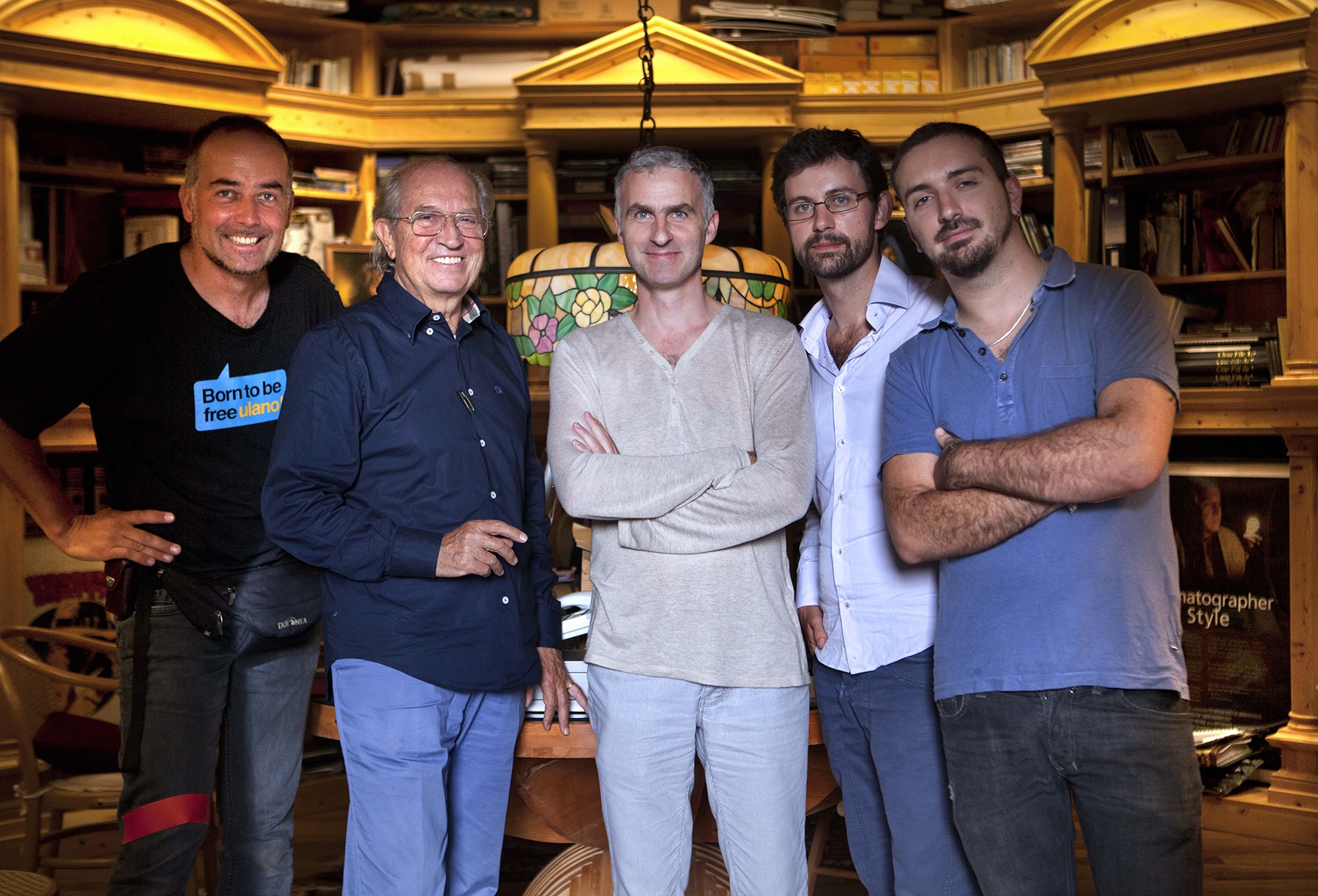
How did you finish the project?
Back in Paris, there was the long period of editing. It took us seven versions to get the edit we wanted. It was about 11 weeks of intensive editing spread over 10 months. I feel it is important to capture the truth of the moment and to give the audience the feeling that they are there with me. I was in the cutting room in France when Vilmos passed away in Big Sur. He was so vivid in front of me on the screen… I couldn’t believe he died. It was so sad. My only regret is that he didn’t see the final film. I was checking the subtitles until 12:30 on the Saturday night before the Cannes screening. All the decisions and choices I made — everything, in fact, was done in a hurry. The film is 80 minutes long; I had 40 hours of dailies, which is not that much, but everything was rush, rush, rush. There was a lot of pressure because of the costs. When you don’t have enough time, you can make mistakes, you can forget things, but the most important thing when you finish is to have no regrets, and I don’t. Now I completely love the film 100 percent. It is what I dreamt of. I hope this documentary can be an homage that is worthy of Vilmos. I was extremely touched by an email that [his wife] Susan Zsigmond sent me. It must have been two days before Cannes. She wrote, ”I watched your doc and I was laughing and crying at the same time.” It really blew me away to read that.
What’s you next project?
I’m working on a new film about and with Vittorio Storaro — that is the documentary part of my life — and the fiction part of my life is my first feature I will make, with Mélanie Doutey, Jonathan Zaccaï and Jean-François Stévenin.
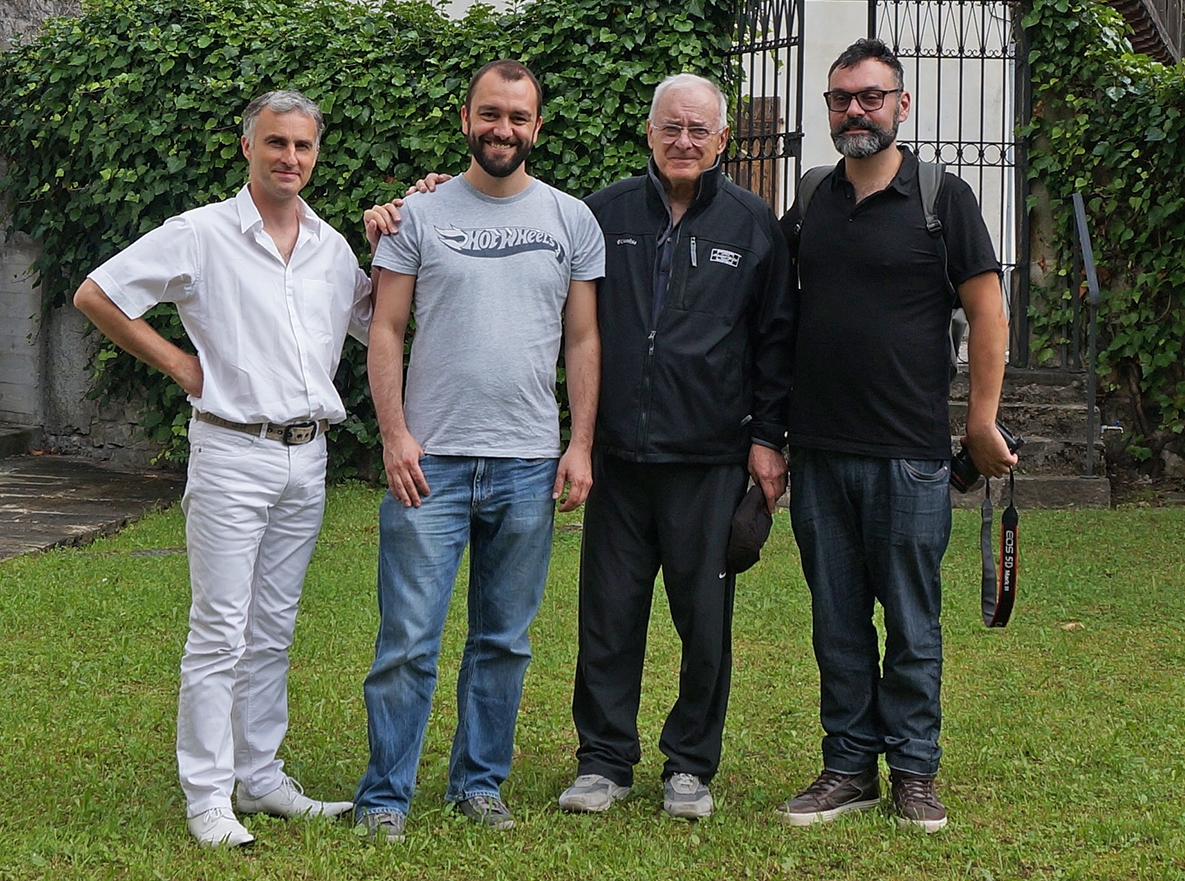
How did making this documentary change your life?
Vilmos changed my life. This film has changed my life. I owe everything to Vilmos. Being in Cannes [with the film] was a dream come true. It was so prestigious to be there. I am like a frog looking at a princess, and the princess says, “Come with me, you are very welcome here.”
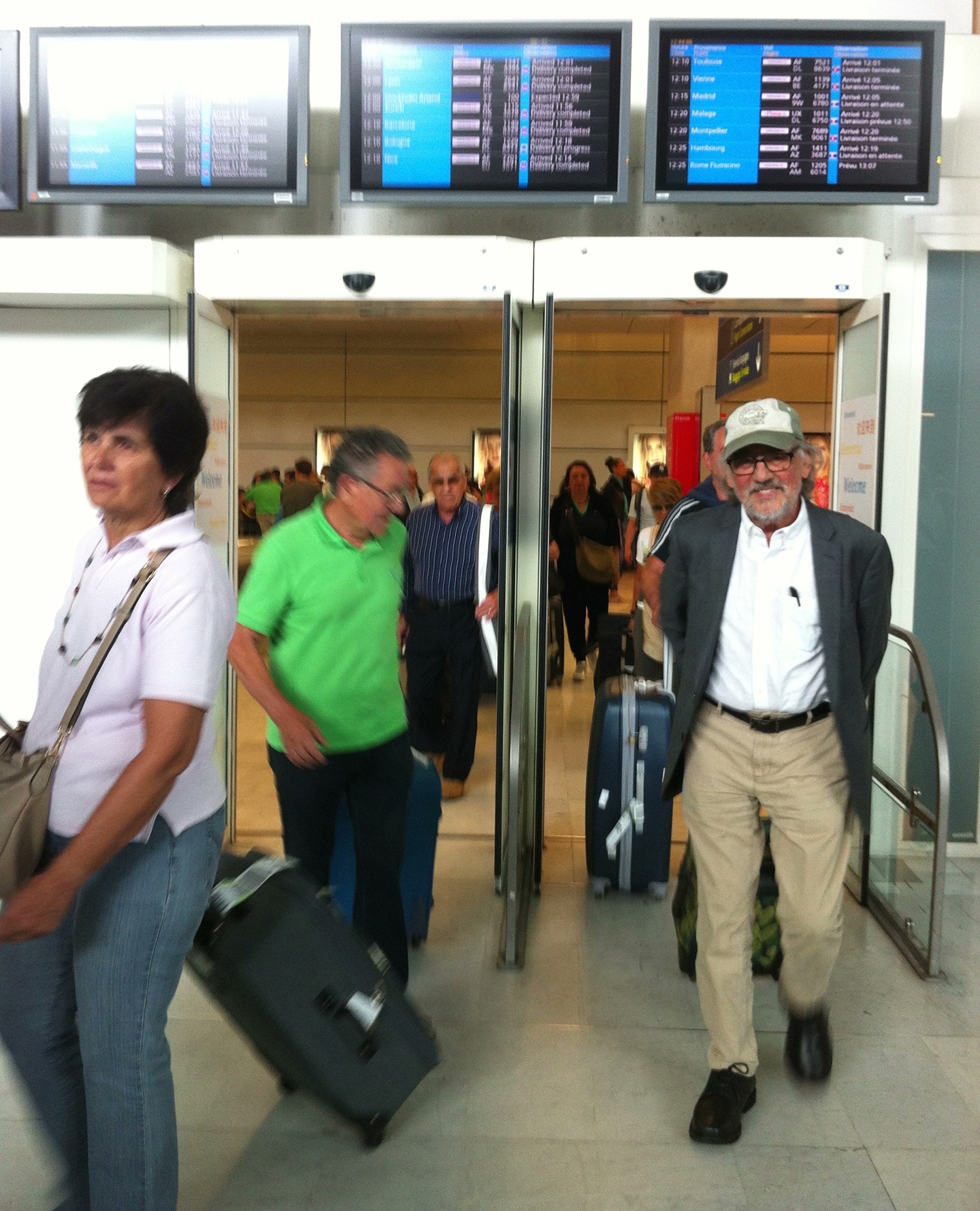
Click through to find our stories about Zsigmond’s work on The Sugarland Express, The Long Goodbye, The Deer Hunter and Deliverance.






